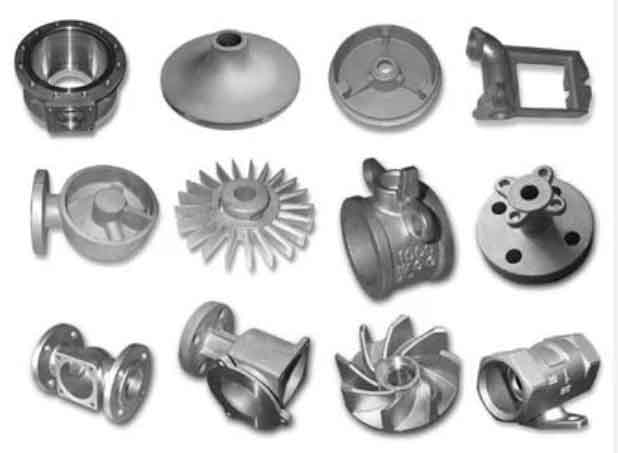
Ductile iron casting plays a significant role in transforming iron from a brittle material to a tough and versatile one. By altering the microstructure of iron, ductile iron casting enhances its mechanical properties, making it more suitable for a wide range of applications. Here’s a closer look at the transformation process and how it leads to the development of ductile iron:
The Microstructure of Ductile Iron:
The microstructure of ductile iron is characterized by the presence of spherical graphite nodules within the iron matrix. These nodules are formed by adding nodulizing agents, such as magnesium or cerium, to the molten iron before casting. The nodules act as crack arresters, preventing the propagation of cracks and improving the overall toughness of the material.
The Transformation Process:
- Inoculation: Inoculation is the process of introducing nodulizing agents to the molten iron. These agents promote the formation of graphite nodules by controlling the solidification process. The agents facilitate the growth of graphite during solidification, transforming the flake graphite typically found in gray iron into spherical graphite nodules.
- Solidification and Cooling: After inoculation, the molten iron is poured into the mold. During solidification, the graphite nodules form within the iron matrix. The cooling rate and cooling conditions play a crucial role in determining the size and distribution of the nodules, which in turn affect the mechanical properties of the resulting ductile iron.
- Heat Treatment: Heat treatment is often performed after casting to further refine the microstructure of ductile iron. This process involves controlled heating and cooling cycles to enhance the mechanical properties and eliminate any remaining residual stresses. Heat treatment can improve the strength, hardness, and dimensional stability of ductile iron.
Mechanical Transformation:
- Improved Ductility: The presence of graphite nodules in ductile iron imparts excellent ductility to the material. Unlike gray iron, which contains flake graphite that acts as stress concentrators, the nodules in ductile iron act as crack arresters, allowing for greater deformation before fracture. This enhanced ductility makes ductile iron suitable for applications subjected to dynamic loads and impact.
- Increased Toughness: The presence of graphite nodules improves the toughness of ductile iron by dissipating energy and preventing crack propagation. The nodules interrupt the path of cracks, thereby enhancing the resistance to fracture and making the material more capable of withstanding sudden loads and impact forces. The improved toughness of ductile iron makes it ideal for components in industries such as automotive, construction, and heavy machinery.
- Enhanced Strength: Ductile iron exhibits higher strength compared to gray iron due to its nodular graphite structure. The graphite nodules prevent the propagation of cracks and distribute the applied loads more evenly throughout the material. This results in improved tensile strength, yield strength, and fatigue resistance, making ductile iron suitable for components that require high strength and durability.
- Reduced Brittle Failure: The transformation from gray iron to ductile iron significantly reduces the risk of brittle failure. The nodules in ductile iron act as stress relievers, reducing the likelihood of catastrophic fractures and improving the overall reliability of the material. This is particularly important in applications where safety and structural integrity are paramount.
The transformation of iron through ductile iron casting is a metallurgical process that enhances its mechanical properties, making it more ductile, tough, and versatile. The resulting ductile iron exhibits improved strength, impact resistance, and fracture toughness compared to conventional gray iron. This transformation has enabled the use of ductile iron in a wide range of applications, providing manufacturers with a reliable and cost-effective material choice for various industries.
